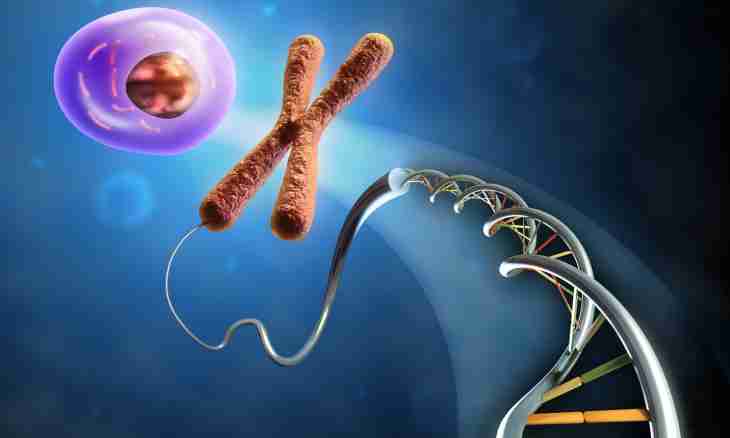Anthropogenesis (from Greek antropos - the person, genesis - development) - origin and development of the person before adoption of modern look by it. Main stages of anthropogenesis: avstralopitekovy (predecessors of the person), arkhantropa (most ancient people), paleoantropa (ancient people), neoantropa (fossil people of modern anatomic type).
The origin and development of the person are studied by science the anthropology (Greek logos is the doctrine, a thought) which arose at a turn of the 18-19th centuries. Issues of appearance of the person and his role in the nature were discussed still by scientists of a classical antiquity. So, Aristotle recognized that ancestors of the person are animal. A bit later Claudius Galen also noticed similarity in the structure of a human body and body of animals. Karl Linney in the reasonings went further. In 1735 he wrote the book "System of the Nature" in which allocated a kind of people in category Homo Sapiens. According to Linney, people belongs to group of primacies along with monkeys. In the work "Relatives of the person" (1760) Linney emphasized similarity of the person and monkeys. The French scientist Jean Baptiste Lamarck assumed that the person occurred specifically from anthropoids, and bipedalism served as the transitional moment. In 1809 Lamarck published the work "Zoology Philosophy". The speech development, according to Lamarck, was served by a gregarious way of life of primitive people. Modern scientific predstavleniyaskhodny lines in the building and functioning of a human body and body of animals have scientific confirmation. Form evidential base given to comparative embryology and anatomy. Characteristic features of type Chordates and a subtype Vertebrata are inherent in the person. The embryonic skeleton of the person at early stages of his development is presented by a chord, the nervous tube is symmetrized on the back party, a body. In further development there is a replacement of a chord with a spine column, formation of a skull, five departments of a brain. The skeleton of extremities is formed, on the belly party the heart is located. The person has lines of a class Mammals: division of a backbone into five departments, indumentum, existence of sweat and sebaceous glands. Live birth, existence of a diaphragm, mammary glands, homoiothermy, four-chamber heart. From a subclass Placentary the person got incubation of a fruit in mother's body, feeding of an embryo through a placenta. At last, Primacies treat the main lines of group extremities of grasping type, replacement of milk teeth by constants, existence of nails, etc. So, systematic position of the person: the kingdom Animals - the subkingdom Multicellular - type Chordates - a subtype Vertebrata (Cranial) - a class Mammals - a subclass Placentary - group Primacies - a suborder Humanoid - family People (hominids) - the family of people (Homo) - a type of Homo sapiens - subspecies of People twice reasonable (Homo sapiens sapiens). True bipedalism, existence of consciousness and abstract thinking, the conscious speech, ability to storage and transfer of the accumulated knowledge distinguishes the person from animals.

